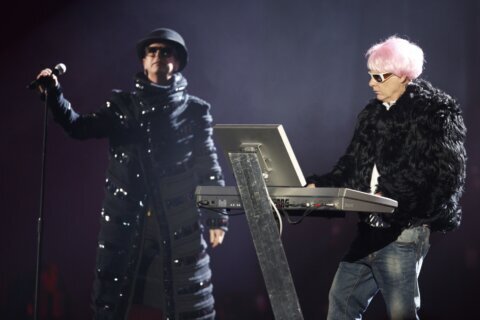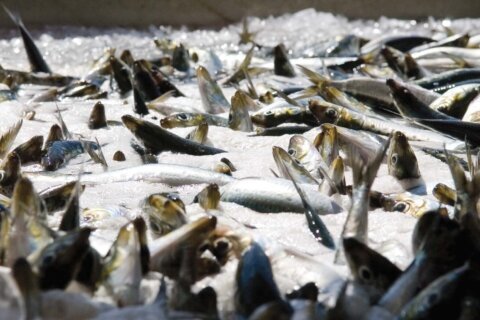WASHINGTON – Some large and spectacular light shows in the D.C. area this year have come courtesy of a thriving firefly population.
“Here in the DMV, it was really a very good year for bugs in general, and fireflies in particular,” said the Bug Guy Mike Raupp, an entomologist at the University of Maryland, College Park.
According to Raupp, several factors played a role in the successful season, and one was a cool and wet spring that he said led to more snails, slugs and other bugs, which firefly larvae feed on during their time living in the ground.
“Cool, damp spring favor the prey for the larvae; this translates into very high populations of those beautiful adult fireflies,” Raupp said.
A great food supply for immature fireflies isn’t the only thing that helped the population. The D.C. area has several species of fireflies, and for some of them, it can take two years to develop from larvae into sparkling fliers. A couple of mild winters is believed to have allowed more larvae to make it to adulthood.
When fireflies get their wings, they turn from eating slugs and bugs to a diet of nectar and pollen.
Fireflies also appear to have staying power this year, with the normal late May through July season extending this year into August. Raupp said the D.C. area isn’t the only region enjoying larger than normal natural light shows.
“I’ve seen spectacular displays in central New Jersey, as well; so I think up and down the East Coast we’ve seen a lot more fireflies this year,” Raupp said.








